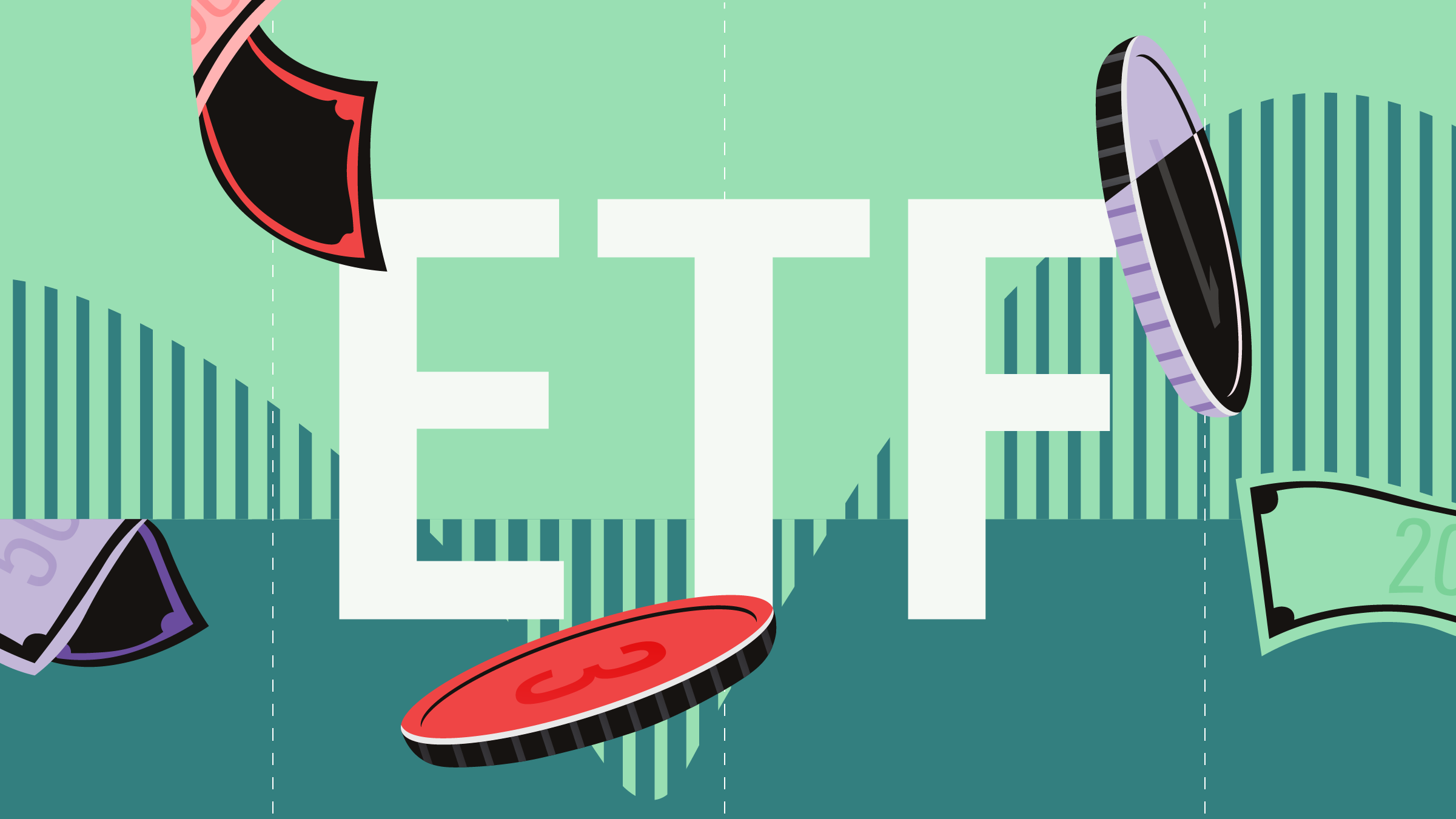
If like me you watch a lot of Wall Street drama, you’d think narcissism is an essential trait of a successful businessperson. Think the iconic Gordon Gekko, Wolf of Wall Street's notorious bad boy Jordan Belfort, or ruthless media titan Logan Roy. But don’t believe everything you see on TV.
A new study from behavioural researchers at the University of Marburg in Germany found narcissists underperformed and cost unitholders money.
How does one measure narcissism, you ask? First, researchers examined transcripts of interviews with fund managers to see how often they used first single pronouns like ‘I’ or ‘me’ versus first person plurals like ‘we’ or ‘us’.
Then, they merged this with data from Morningstar showing the manager’s professional career, performance over a six-year period, and track record of sticking to their stated style (both in terms of value-growth and size dimensions).
The upshot – narcissists make for poor fund managers.
Narcissism includes things like an exaggerated sense of self-importance, a lack of empathy and a constant need for attention. In the investment world, this manifests in riskier decision behaviour and an inability to judge the probability of failure. Would you hand this person your money?
Researchers found narcissistic managers are 34% more likely to deviate from their advertised investment style. This means that they’re more likely to stray beyond what they tell you they’re investing in, taking on higher risks for more lottery-like rewards. Researchers say this can translate into portfolios featuring a higher proportion of growth and small-cap bets.
But it gets worse. Researchers also found that highly narcissistic fund managers underperform their non-narcissistic peers by an average of 1% annually. That might not sound like a lot but over time it can add up. For example, that’s a difference of almost $1,000 on a $10,000 initial investment over 30 years (where the market returns 5% annually).
Can good teams restrain an ego-tripper, I hear you ask? Somewhat. Researchers found teams with at least one narcissist are “only 7% more likely to invest style-inconsistently”. However, teamwork did not stop narcissism-induced underperformance “to a material extent”.
So, what can we as investors take away from this? If you spot a narcissist fund manager, run. Easy to say, hard to do. Narcissists don’t advertise and Morningstar is still working on including this data point. But the researchers have given us some clues. Narcissistic fund managers favour ‘strategic dynamism’ - engaging in highly visible actions that feed their need for self-display and attract attention. They say the trait also strongly correlates with what we perceive as ‘charismatic leadership’ and ‘visionary boldness’.
Here’s how the researchers put it:
“While non-narcissists may be content with following or refining an existing strategy, the evidence on narcissistic sensation-seeking suggests that such incrementalism is too ordinary for the highly narcissistic fund manager,” researchers Dominik Scheld, Oscar Anselm Stolper and Anna-Lena Bauer say.
“To obtain applause, the narcissist must regularly undertake challenging tasks that are highly visible and will earn admiration for their boldness.”
In short, the next time you watch a self-congratulatory display, pause. Remember charisma may be attractive but doesn’t necessarily lead to great returns. Look for signs of vanity. Does your fund manager accept their mistakes or blame it on chance and the actions of others?
But there’s a lesson in this for us lowly self-directed investors too. Whether we’re managing millions or our small pot, an inflated sense of self can lead to risky business. Say, betting on penny stocks hoping for the ten-bagger. While we sometimes win big, we’re also more likely to experience big losses. In the end, slow and steady wins the race.




















